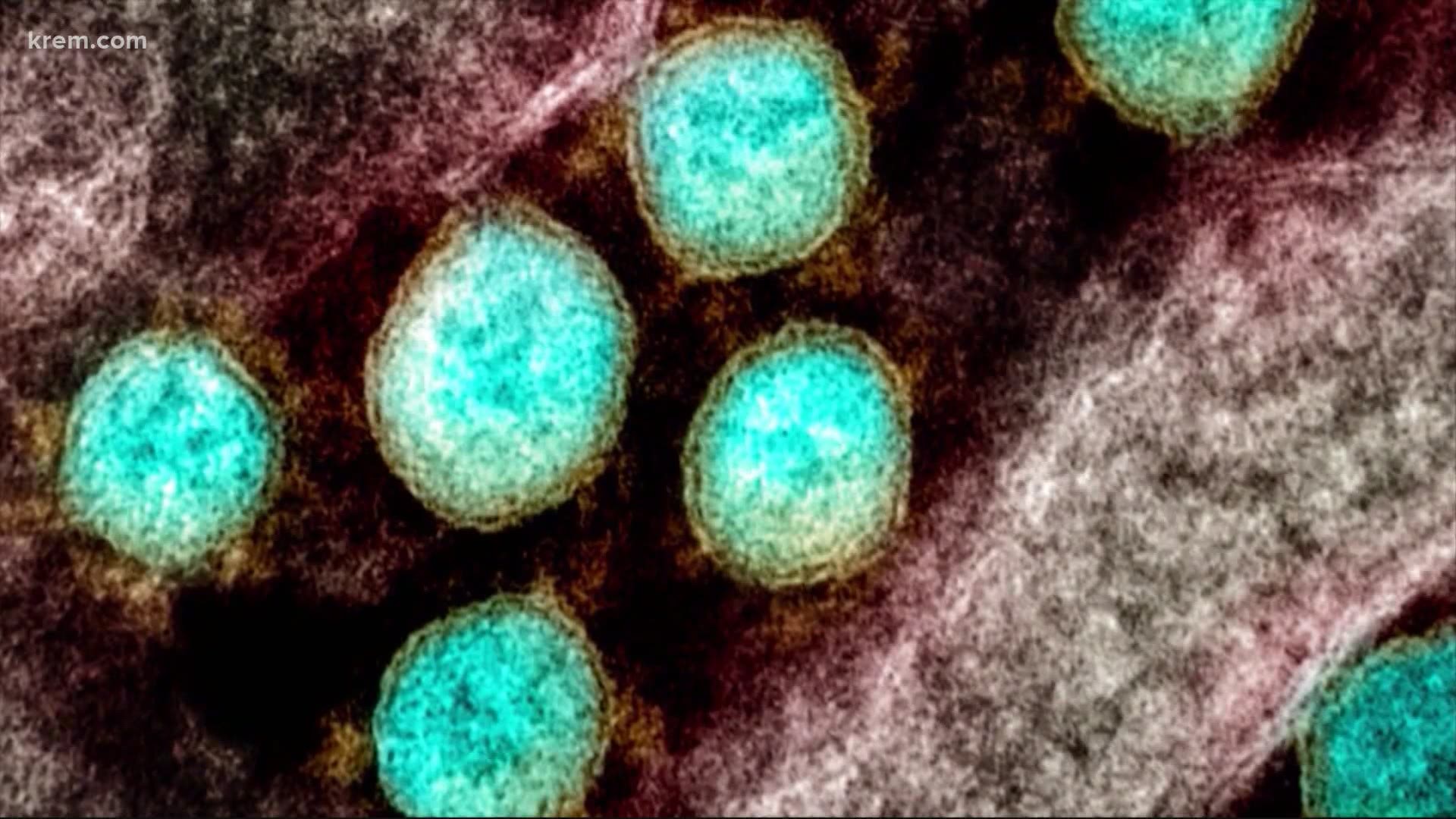SPOKANE, Wash. — Washington state is seeing a rise in COVID-19 cases and hospitalizations. State health officials are concerned because they believe the increase is linked to the delta variant.
Over the past week, cases of COVID-19 delta variants have doubled in the Spokane area, according to the Spokane Regional Health District. The health district reported 272 new coronavirus cases on Wednesday and 85 COVID-19 patients hospitalized. Spokane County’s COVID-19 case rate is sitting at 316.5 per 100,000 people from July 18 to August 4, according to the SRHD.
"It is definitely increasing quickly in our community," SRHD Spokesperson Kelli Hawkins said. "So it's something we need to be aware of."
The Delta variant, the highly transmissible and dangerous strain of the virus, is making its way into our community. According to Spokane Interim Health Officer Dr. Francisco Velazquez, the variant is two to three times more transmittable than the original strain and can cause a viral load 1000 times higher in those infected.
"The main concern is with a Delta variant, if you look at the literature, it will tell you it is over 200% more effective than the original strain," Velazquez said.
The increased viral load can also cause more severe illness along with the increased rate of transmission.
Genomic sequencing is the way researchers are figuring out which case is different variants. Sequencing allows for the Washington State Department of Health (DOH) to know which strains are impacting, and at what frequency, a community. The positive specimen is sent to a special lab. Researchers then use equipment that scans the genome, thus able to perform DNA sequencing. Once that process is finished, the scientists analyze the sequence to confirm.
"It doesn't indicate exactly how many variants we have in our community," Hawkins said. "But, it does give us an idea of the spread of variants and what we need to watch out for."
Since January 2020, 33,685 specimens from COVID-19 cases have been sequenced, according to a new report released by the DOH. That's 7.7% of positive cases, but DOH said that was actually a lot. CDC's COVID data Tracker reported most states only sequence about 1%. They add that percentage is the total for a year and a half, but as of the month of June 2021, they dramatically increased the number of specimens. That month, they sequenced 23% of all confirmed COVID-19 cases, according to spokesperson Teresa McCallion.
About 10-15% of the health district's cases are sequenced, according to Hawkins. The Delta variant only makes up 11% of the health district's cases, but more Delta variants are projected.
"Looking at the national trend, and even what we're seeing statewide, locally, we tend to follow those trends," she added. "So it's not a good one, we could see an increase is expected as long as we don't start getting vaccinated."
If the community can increase the vaccination rate, begin practicing more public health measures, such as wearing masks in public spaces, or practicing common coughing and sneezing etiquette, then Spokane could curb that trend, she said.
Cases are submitted by hospitals, physicians and long-term care facilities. Reasons for selecting for sequencing include possible vaccine breakthrough cases, outbreaks or just surveillance, McCallion said. It's difficult to know the current status of how many delta variant cases there are because there is a lag time for getting this information. Sequencing can be performed on stored specimens at any time for a number of reasons, so they may not even be current cases.
Initial sequence reports for July are just starting to be received, but the reality is that the DOH isn't going to have a clear idea of what happened in July until late August or early September when all the data has been received and analyzed.

